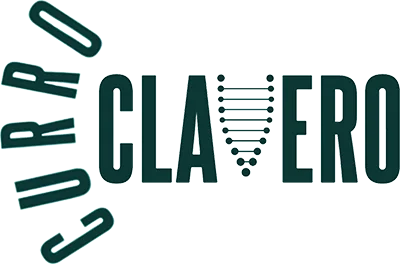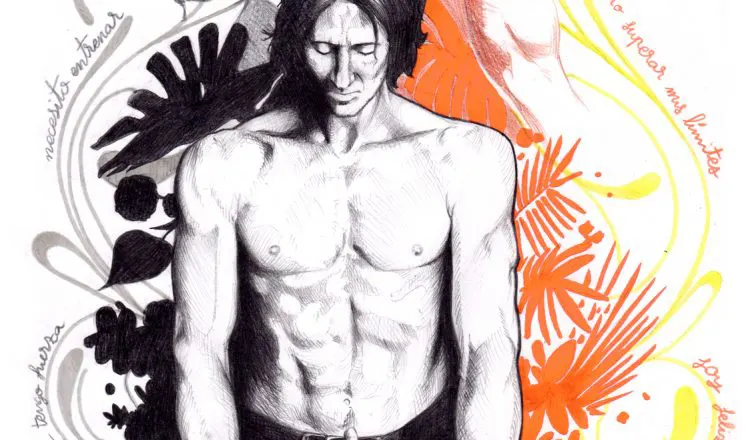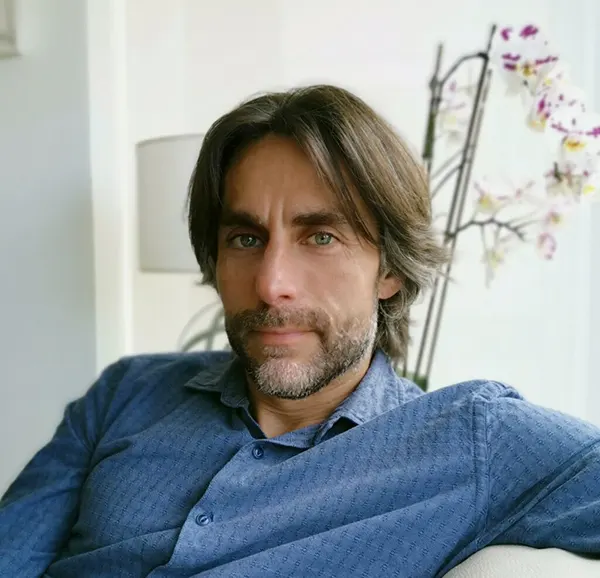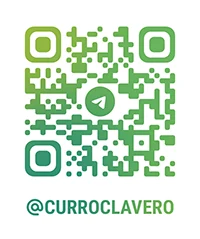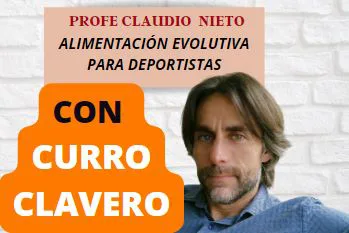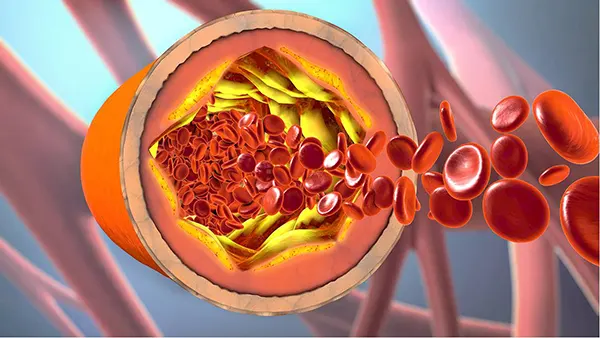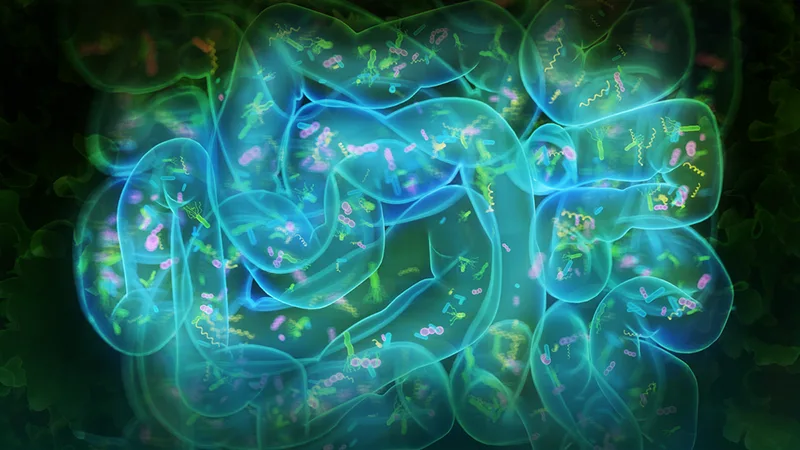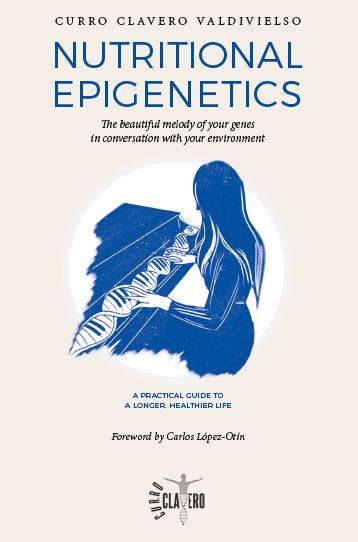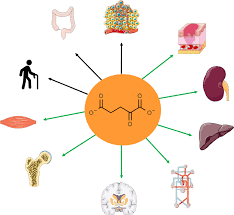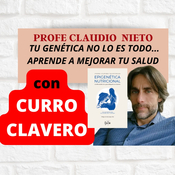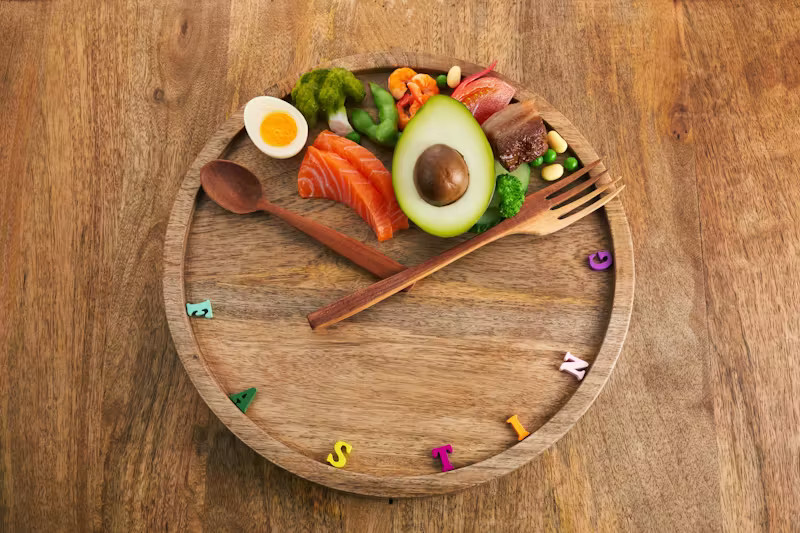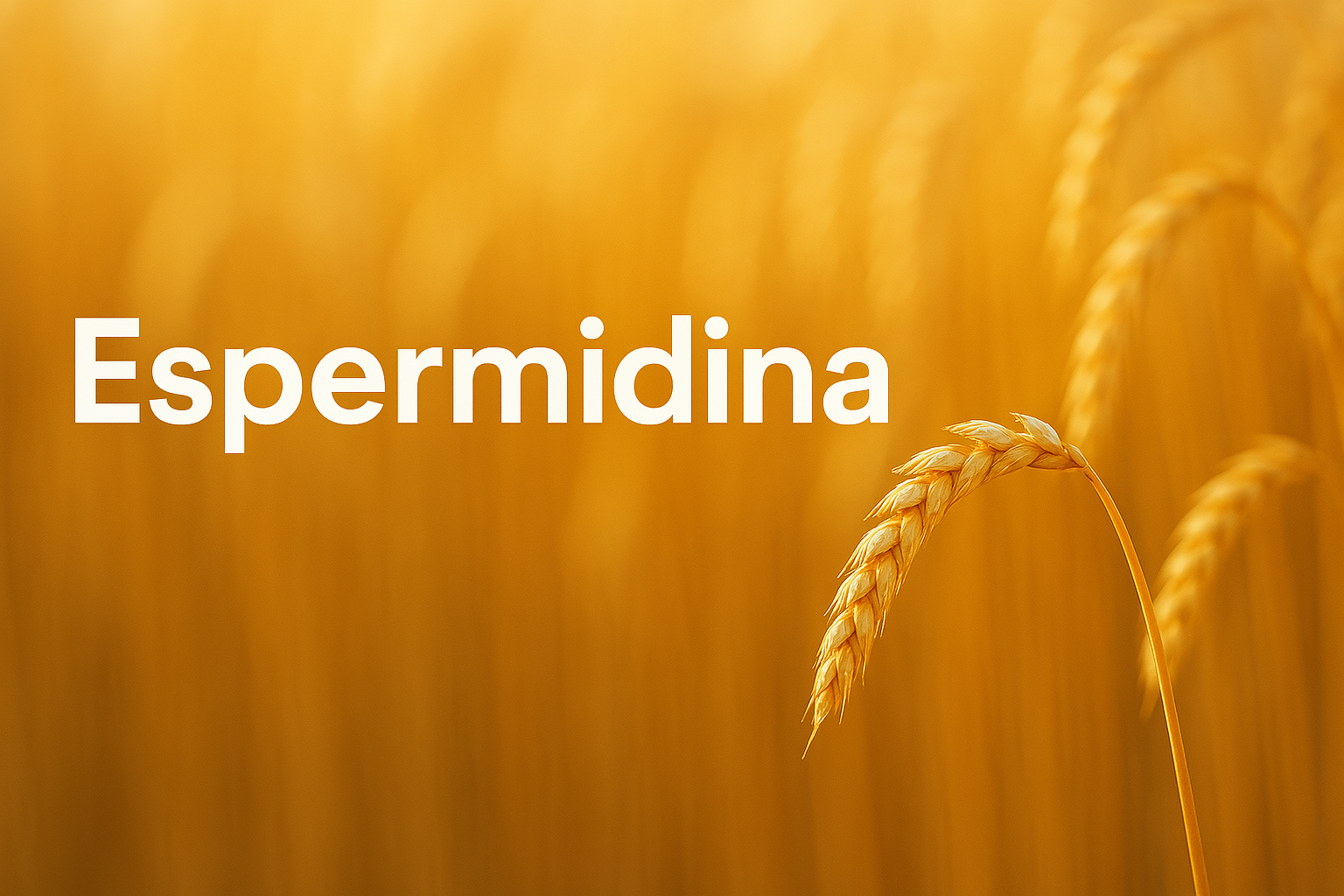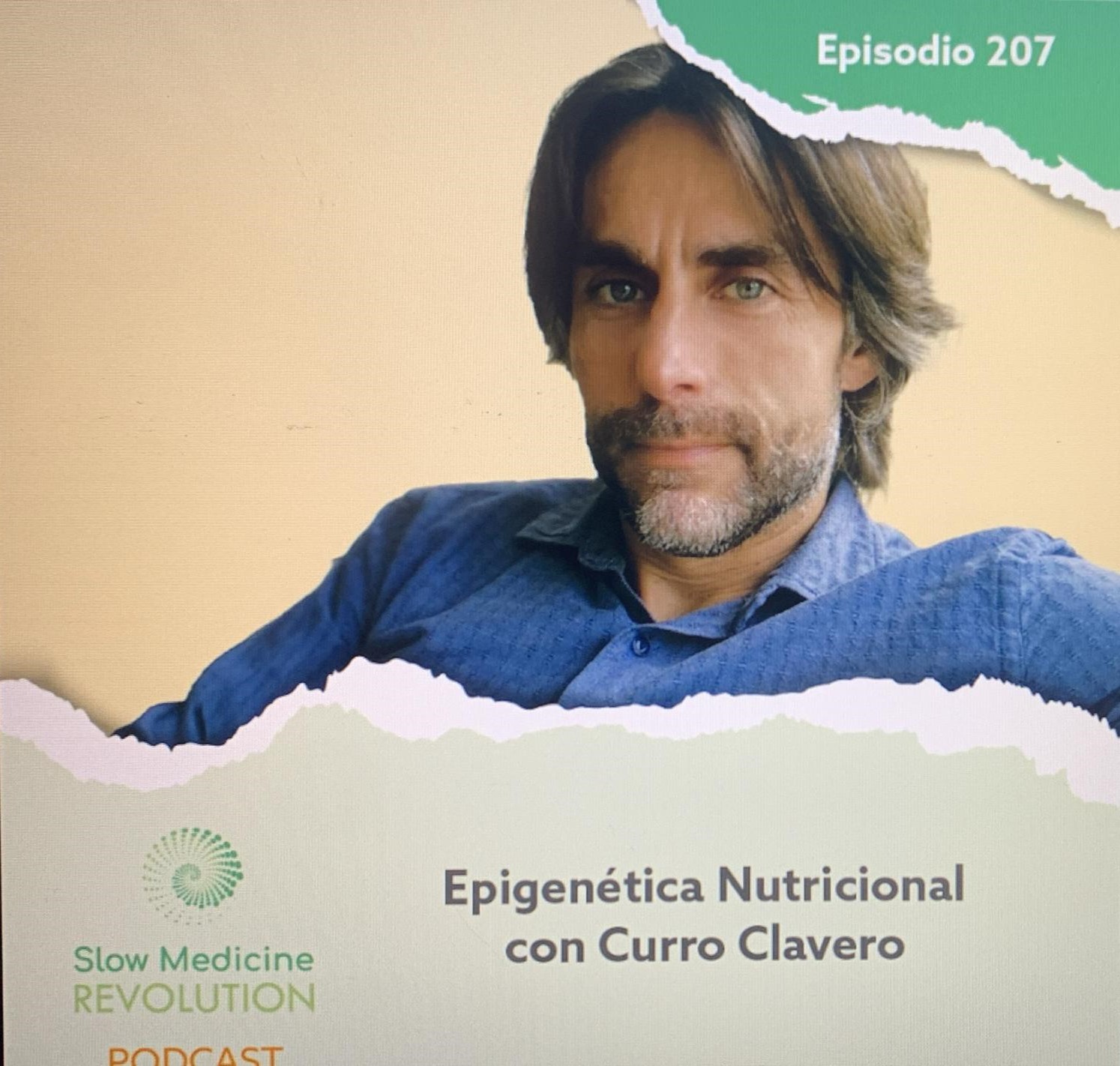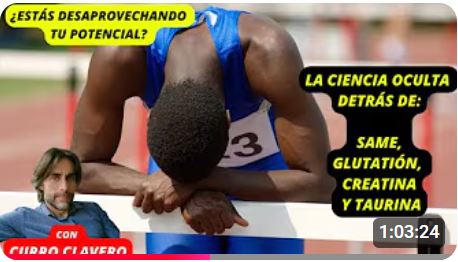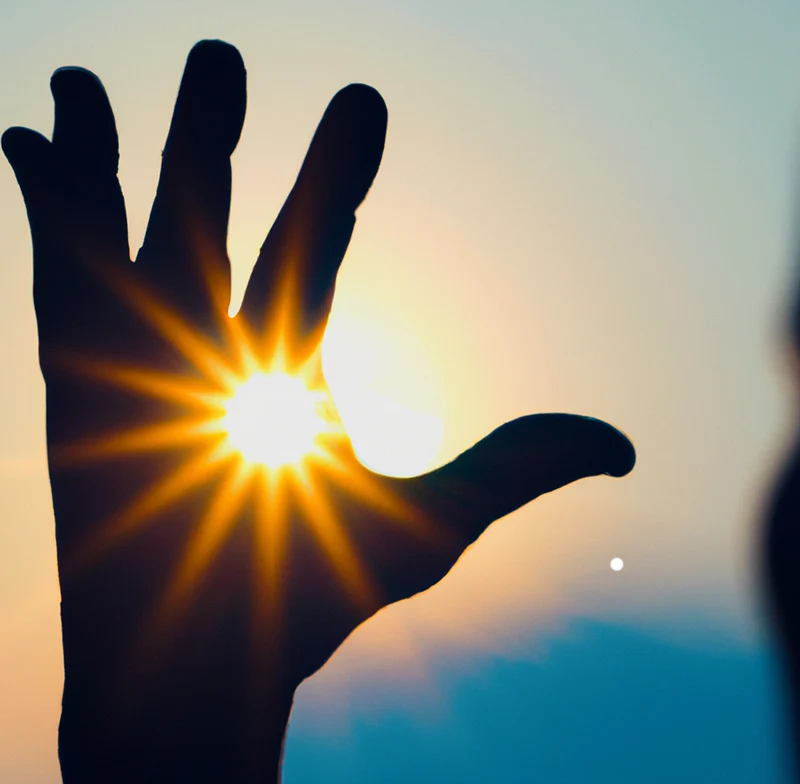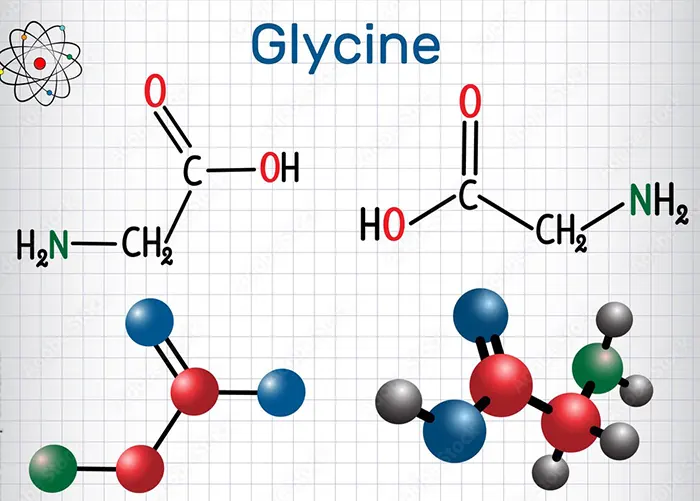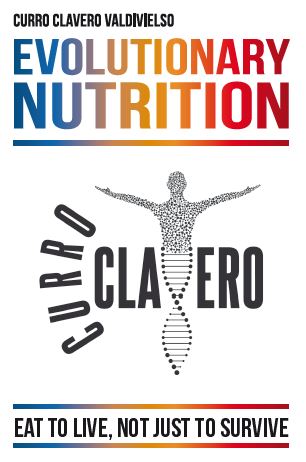Today we’re going to get out a little from the theme usual nutrition to talk about the mindset, a theme that I love. Very useful to have health and quality of life physical, mental level, not you experience happiness and growth.
Whenever I read a book, I emphasize the parts or sentences that I find more interesting and, if I feel that has given me much, usually write a summary. This helps me in one of three ways: 1) to reorganize and assimilate the ideas, 2) to review and fix the information, and 3) to have a resource to return to when you want to re-read any part, or to check something on time.
This time I want to share with you one of those summaries, because the book I found very valuable (at least for me), and I think that could bring a lot to other people, too. This is Warriors of Rock. Mental training for climbers, Arno Ilgner. Although the focus of the book is the climbing, 95% of its teachings are applicable to any challenge or challenge: whether it be sports, a change of eating habits, or even life itself, that is, in the end, our greatest experience and challenge.
Let’s go to the topic.
What are we going to see?
We could say that is a program of mental training, a philosophy of life, a way of thinking and a manual to bring body and mind to face any challenge, with calm and domain. Teaches us to focus our attention with awareness sharp and focused, to fight against our worst enemy (ourselves and our fabric mental), to love the challenge without allowing the ego to control our behavior, to separate our self-esteem of the achievements and to get out of our comfort zone in the pursuit of knowledge and power. And understanding this ‘power’ as the enhancement of our capacity to act effectively, with clear thinking and decision-making in action.
The program of mental training consists of three phases and seven steps.
Phase 1: Preparation
The goal is to prepare the mind for that, at the time of the action (the challenge), the subconscious can guide us. It is crucial to clearing the brain of traps or mental limitations as the wish that things happen as expected, and learn to see opportunities where others see only difficulties.
- Step 1. Awareness: we will Improve our capacity of observation and direct the mind towards our inner dialogue.
- Step 2. Life is subtle: We will focus on the bodily sensations and learn to speak to ourselves intentionally.
- Step 3. Accept responsibility: we Assume the challenge as your own, without wanting something to be different, without waiting for solutions ‘magic’ and without blame to external factors.
- Step 4. To give and to adopt an attitude of power: We will focus on what we can offer to the challenge, and not on what we could gain if we succeed.
Phase 2: Transition
- Step 5. Choose: Is the moment of truth, deciding firmly if you face the challenge with all or reject it, but without resentment.
Phase 3: Action
The goal is to live to the full the challenge, to avoid the mentality of ‘fight or flight’ and view it as a learning opportunity. Keep the conscious mind and quiet; focus on the journey not just the destination.
- Step 6. Listen to: Us guide you to deal with the situation once we are in it, in the ‘unknown’, to learn from it, and to believe in the process.
- Step 7. The trip: we will cultivate the mindset of ‘journey’. The stressful situation (outside of the comfort zone) it’s our choice. We want to be there because it gives us knowledge and make us grow.
Step 1: Awareness
In this phase, we prepare our mind: we identify those aspects of our way of thinking and acting that limit us, especially those who divert our attention to ego and self-esteem.
The ego
From small, have molded us with rewards and punishments, associating our value to what we do. This desire for the admiration of others comes from a mental construction that we call ‘ego’. This ego we rewards or punishes it with feelings of self-esteem and is constantly fed from comparisons with others. This makes us waste energy and attention, and to waste our powers of concentration. If we allow the ego to dominate, we can live on the defensive, or easily to us offend. The key is to dethrone the ego and give prominence to the higher self: the one that does not compete or compare, but looking for a self-esteem internal and focuses on growth and learning.
Achievements
Society pushes us to associate our self-esteem with our achievements. However, to use these accomplishments as a source of motivation can be a trap rate-limiting. ‘A warrior knows that it is not more valuable than anyone else. Tying the self-esteem to the achievements is a habit unconscious that we should break to progress.
Break the habits
To build a system of values that penetrate to the deepest part of the motivation, it is necessary to increase our awareness. The new ways of thinking to challenge our ‘comfort zone’, which is made up of habits, limiting beliefs and its defense mechanisms. We need to identify these habits and get them out to the light, taking them from the subconscious to the conscious, where they will be easier to review and change.
The witness
The key to awareness is to learn to observe your mind. Take away from your thoughts and become a ‘witness’ to them. When you observe from this external position, you get the objectivity necessary to analyze and change patterns of the mind that you are limited. Although not eliminating the negative thoughts altogether, this perspective, they have less power over you.
Actions, self-image and self-esteem
The self-esteem refers to how valuable we feel; our own image, in contrast, is the perception that we have of who we are and what we are capable of doing. If you can’t imagine achieving something, it is very likely that you do not get it; you first need to believe that you are able to do so. Our past actions should serve as a springboard to move forward, not as anchors that define how we see ourselves.
The real success is achieved not by adding things, but by removing the obstacles that stop us. The main difference between those who reach their goals and those who do not, is in the conviction: the first have faith that they will find the way to overcome any difficulty; the second will focus on the problems and barriers, convinced that they will not achieve it, what it ends up sapping your motivation. It is this image of inability what limits us.
Awareness means understanding that our own image is not an objective reflection of our innate abilities. When we understand that our minds we are putting boundaries, open to us new and powerful opportunities.
Another important barrier is our self-esteem, which is often linked too to our actions. If based on the results, we were at the mercy of external factors that we cannot control. True self-esteem is born from an internal value system, not just achievement. Comes from a job well done and our principles.
Then, if the achievements are external are not the most valuable thing we can get out of a challenge, what is it? The answer is learning. This is the greatest reward of all face challenges. It is in the unknown terrain, out of our ‘comfort zone’, where we learn, grow, and gain knowledge.
Therefore, we have to separate our self-esteem of our actions and accomplishments, especially from the past. If we are looking for an authentic source of self-esteem and personal power, we must put aside external factors such as the comparison and achievements, and to turn our gaze inwards, making the learning as our true source of growth.
The love of learning, and learning about love
We are not our thoughts; we are the observer of those thoughts. If you focus only on the result of your efforts, you’re reacting to something that you cannot control. This can hinder your growth and create dissatisfaction. On the contrary, if your self-esteem is based on what you learned during the experience, either as a challenge, or challenge, the result will be what’s important, and you’ll be able to focus more on the process. What really matters is to learn and grow, or what is the same: to improve your skills through what you have lived.
When you focus on learning, your mind control improves, you get rid of anxiety and you can concentrate completely on the effort. This, in addition, it increases your odds of success. After facing a challenge, your self-esteem should come from within, of your dedication to the knowledge and the love for learning. The key is to direct your attention to the positive aspects of the experience: what have you learned, what mistakes you made that did not repeat, and how you can improve.
Of course, it’s easier said than done. It is useful to reflect on what is important to you, what you are looking for, and what you are passionate about. Dedicate time to think and discover what it is that you really enjoy will help you to focus your energy. For example, if it is a sporting challenge in the open air, you may be grounds for the beauty of the environment, the society of friends, or the simple pleasure of improve yourself.
Power
The power is the ultimate goal of a warrior, who always seeks to increase his personal power. The elements that comprise this power are: the ability to act, learn, and grow; confidence in one’s self; and the boldness —that is to say, the courage, initiative and determination needed to take managed risks in order to achieve a goal.
Challenge yourself and take on new actions are made with a purpose: to increase your personal power. This power is the result of the effort: deliveries dedication and receive power to change, which leads to explore new territories, both internal and external, where there are always opportunities to learn and expand.
Waste of power
These are aspects of our personality that diminish our energy and prevent us from moving forward:
- Self-sufficiency: A warrior is not wasting his energy trying to prove that it is better than the others. Not base his identity comparing to others.
- Personal history: This is a construction of the ego, which is linked to the image that we have of ourselves. Includes our triumphs and failures, more important, that many times they become patterns rigid behavior that limit us. Keeping a fixed image of who we are and what we have achieved, it consumes a lot of energy and prevents us from change and grow.
An effective warrior avoids spending power in order to feed their self-sufficiency or preserve an image’s fixed itself. His energy is focused on overcoming the challenges of today.
Leakage power
There are certain attitudes and behaviors that cause us to lose power unnecessarily. Then, the major ‘leaks’ of energy that we can avoid:
- Mental habits are useless: they Are automatic actions that we do without reflection, and that could impair our development. Becoming more aware of these habits allows us to analyze them, and delete them if you do not benefit us.
- Inner dialogue limiting: Many times, our thoughts are self-saboteurs: ‘I can’t’, ‘it’s too hard’, etc., These dialogues reinforce old habits and behaviors, turning them into traits permanent. A warrior takes responsibility for his acts, but does not allow these to define their identity and their future.
- Reacting with emotion and stiffness: Front undesirable situations, we tend to react automatically, letting the frustration and anger dominate. This reaction, which comes from the ego, is compounded when we are fatigued or anxious. The key is to be aware of this trend, in order to breathe, relax and observe the situation from a perspective more neutral.
- To expect and desire: These are passive attitudes. ‘I hope that…’, ‘I’d like that…’. Neither expect nor want to be productive; it does not lead us to take concrete actions to achieve our goals.
Become the observer and delay the response
It is important to learn to observe our experiences from a neutral position, as if we were a witness of our own thoughts and emotions. Many times we react automatically, guided by habits and negative thoughts that limit us. To combat this, we must practice the delay of our answer: the awareness of what we are experiencing and seeing it from an outside perspective. This will allow us to act with calm, intelligence and patience.
Delay response it is particularly useful for changing habits, as these are based on associations automatic. If we break that quick association, the habit begins to lose strength. The key is to not react immediately to the internal dialogue that seeks to comfort or prevent the discomfort (such as tiredness, anger, or physical discomfort). Instead of acting, we limit ourselves to observe the situation without intervening. Even a few seconds can break the chain automatic response, allowing us to desvincularnos of habitual reactions such as frustration or discouragement. In doing so, became a limited response in an opportunity to establish a new habit to be more useful.
Summary and objectives of the step 1: awareness
Awareness is the basis to improve the mental control and increase our personal power. Directing attention to the interior, we can access the deep motivations and powerful, not dictated by the ego. Although the ego can be an obstacle, it is also a guide that shows us where to focus.
When we define ourselves by our accomplishments or failures of the past, we begin to see ourselves with a more open-minded and with the greatest potential.
The key word of this step is to: Observe.
